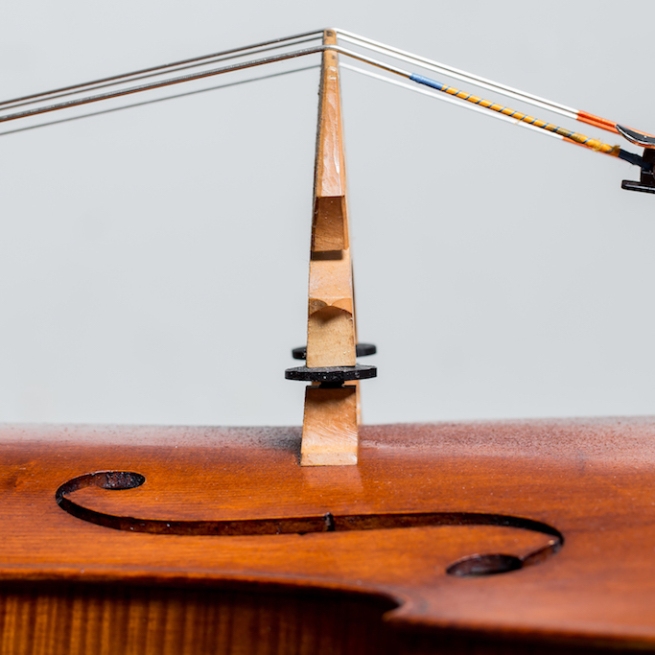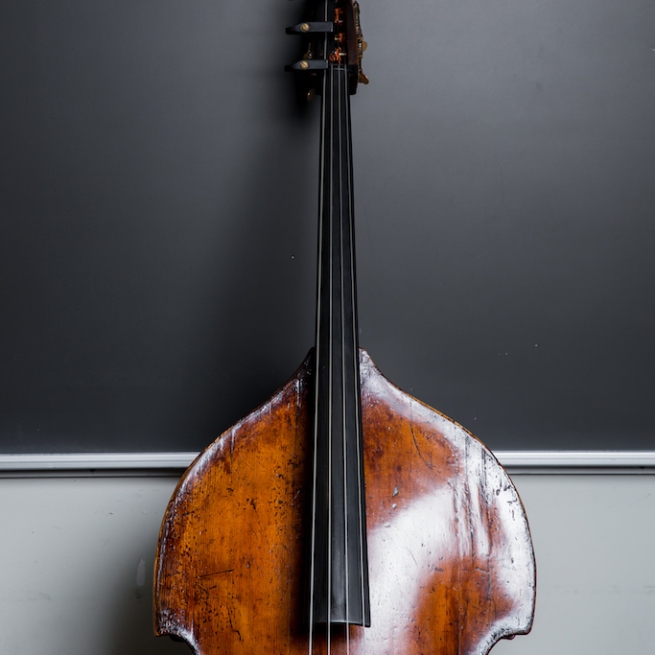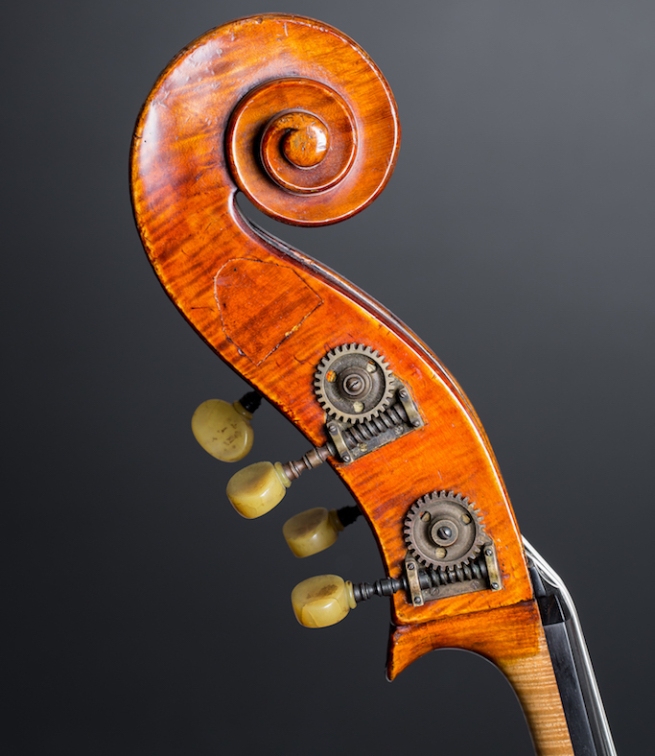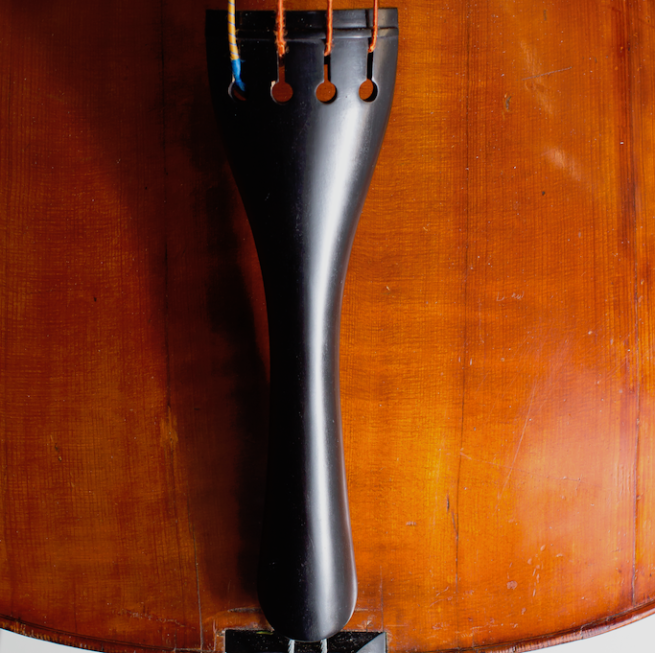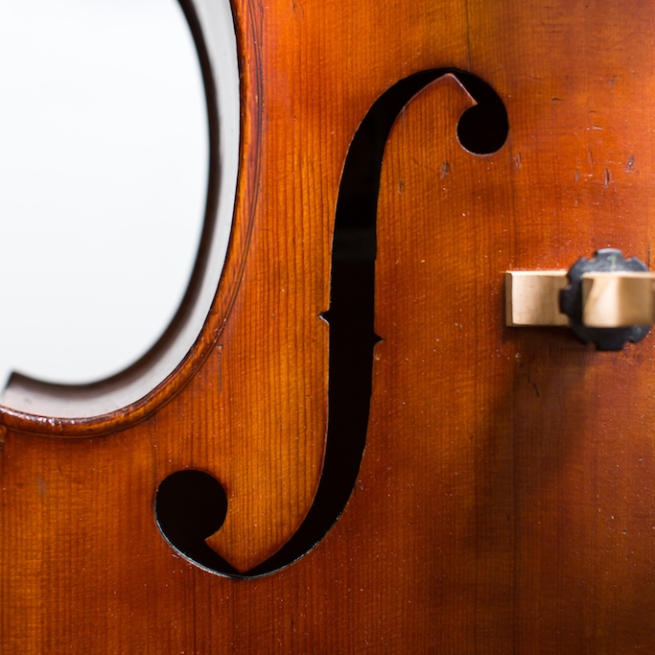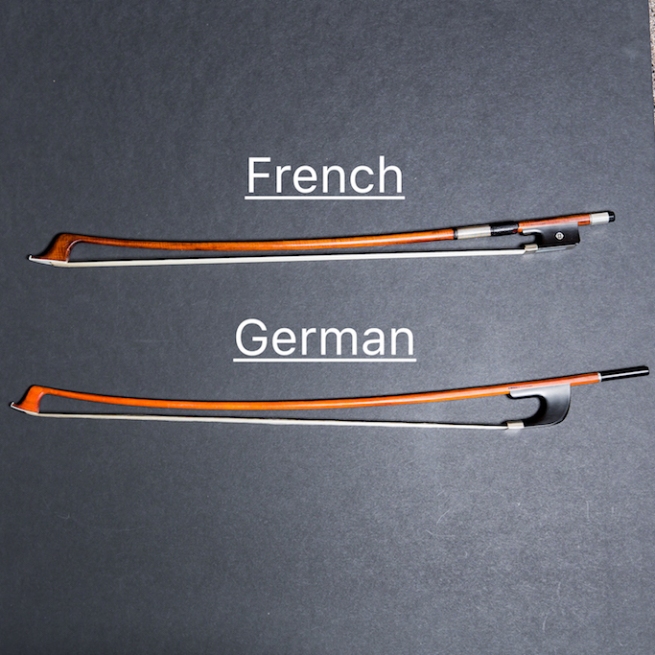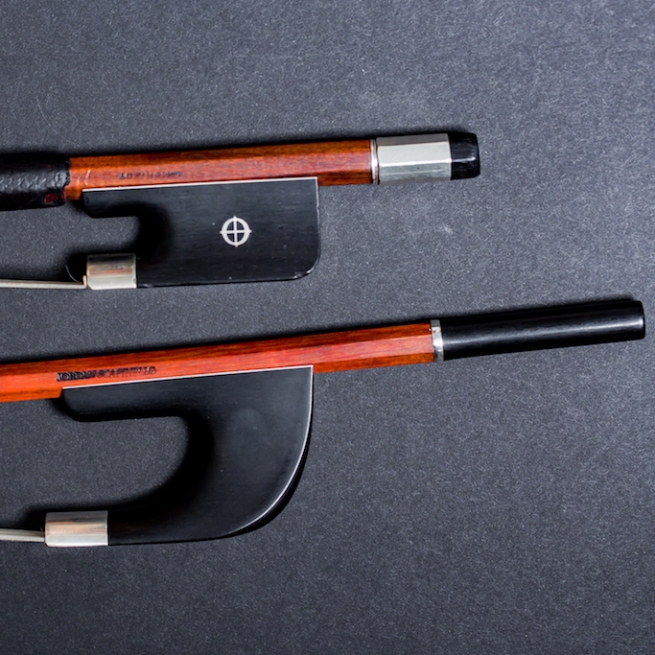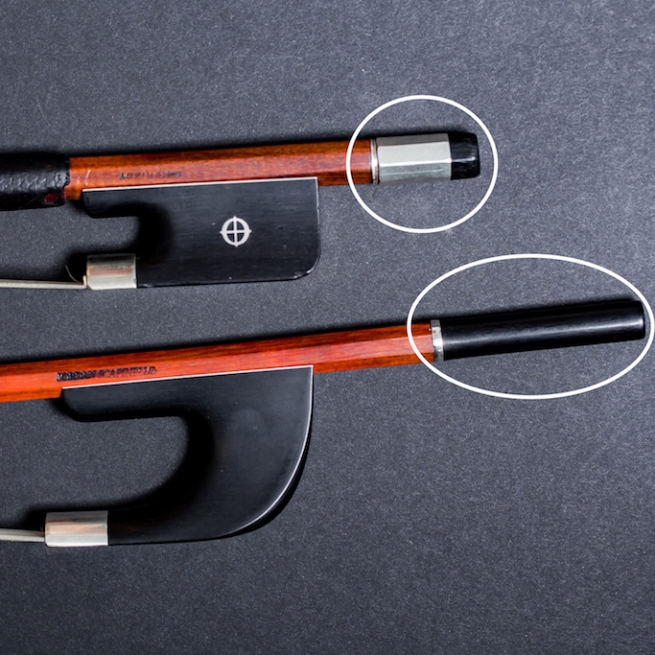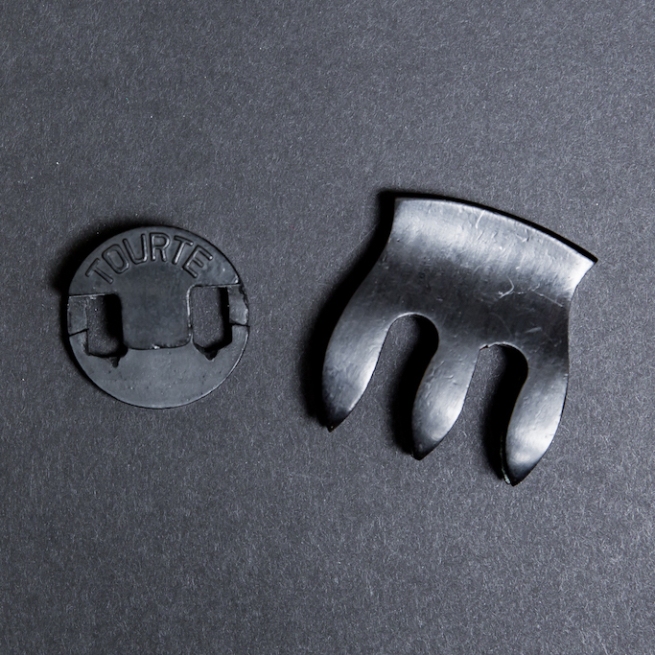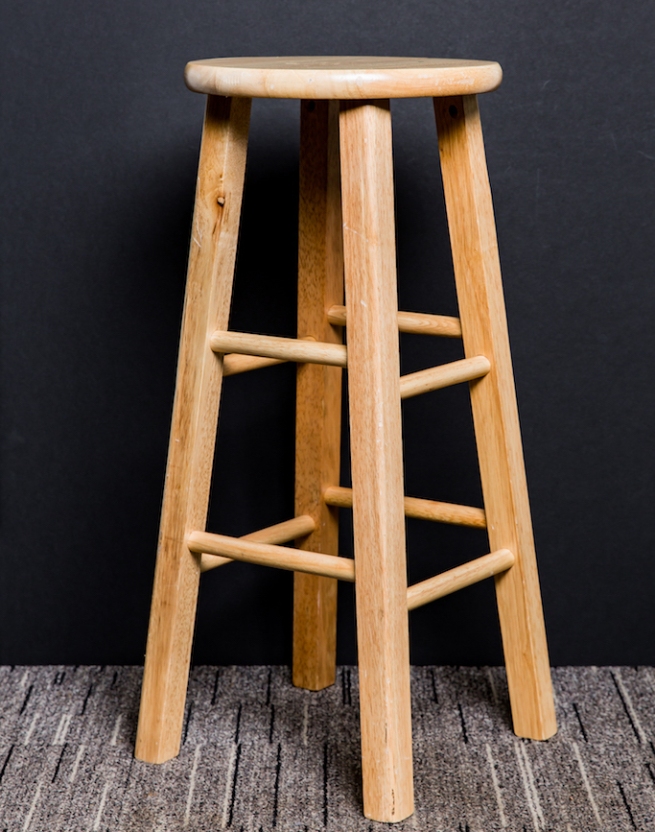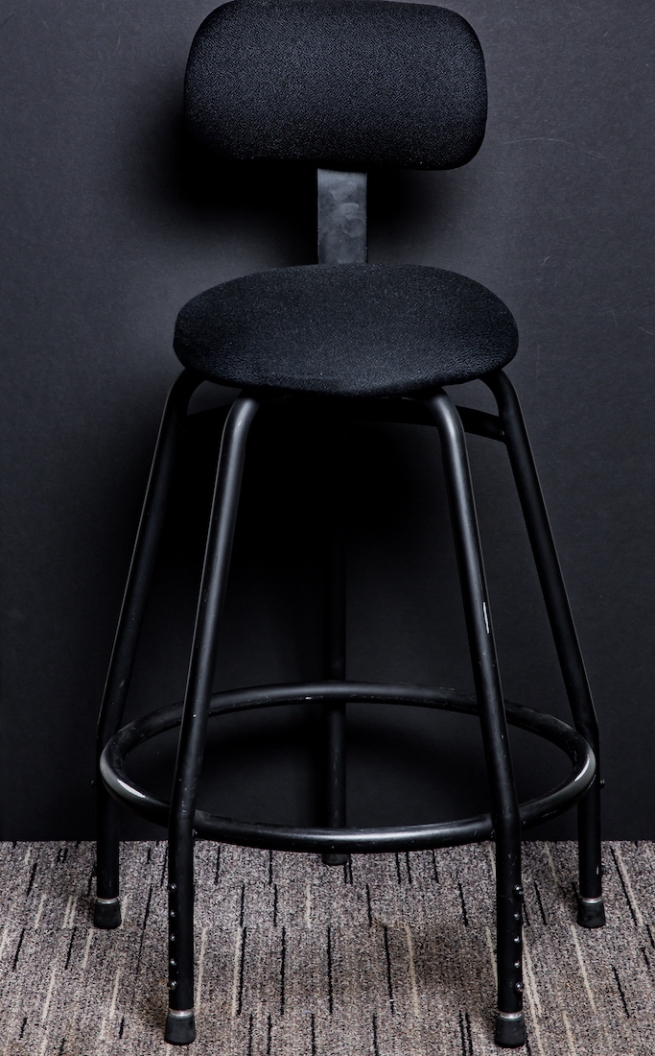The double bass is a very physically taxing instrument, and for this reason it is important for the student to have a bass and bow that are well maintained and suitable for his/her size. The following are some suggestions for the teacher and student to make the learning process fun and enjoyable with as little pain as possible.
Double Bass Size: The size of the instrument is one of the most important factors to consider when starting on the double bass. If the bass is too big, it will be very difficult to play even a simple tune. Basses come in a wide variety of sizes from 1/8 (or smaller) to 7/8. Because of this, a student can start on the bass at a very early age. Today students are starting as early as the age of four. When deciding on a bass size, the most important thing to consider is the size of the student’s hands. If the student must stretch too much or even shift to play a whole step in half position, the bass is too big. The other thing to consider is the height of the student. If the end pin must be fully extended to suit the student, the bass is probably too small.
Bridge: It is very important to have a bass with adjusters on the bridge. String instruments are very susceptible to climate changes. For this reason, too much humidity can cause the strings on the bass to go so high that the student will have a lot of difficulty pressing the strings down. With adjusters, you can keep the string height fairly consistent throughout the year. For a student, keeping the strings approximately 4mm to 5mm above the end of the fingerboard is advisable. It is also important that the bridge be cut and aligned properly. If it is not set up well, it will also cause great difficulties for the student, such as string crossing challenges and tone production problems.
Fingerboard: It is imperative that the fingerboard be properly planed and dressed. If it is not, it will be very difficult for the student to shift properly because of the disparity in string height along the fingerboard. A poorly planed fingerboard can also cause the strings to snap and buzz while playing.
Bow: The size of the bow should correlate to the size of the bass. Additionally, using real hair instead of synthetic hair is strongly recommended. The difference in tone is quite drastic on the bass when using man-made hair. It is also important to have the freshest hair possible on the bow. This means changing the hair every three or four months. As the hair gets older, it becomes more and more difficult to draw out a good tone, and it usually causes the student or performer to press more than necessary.
Strings: It is important to have fresh strings on the bass. This means changing the strings every six months or every year at the most.
Rosin: Pops’ Double Bass Rosin is highly recommended.
Cleaning the Instrument: Use a rag to clean the rosin off the body of the instrument, but do not use a rag to clean the strings. For the strings use a Scotch pad or a copper scouring pad. When you use a rag to clean the strings, fibers from the rag stick to the rosin on the strings, and in turn, end up on the hair of your bow.
Parts of the Bass and More
